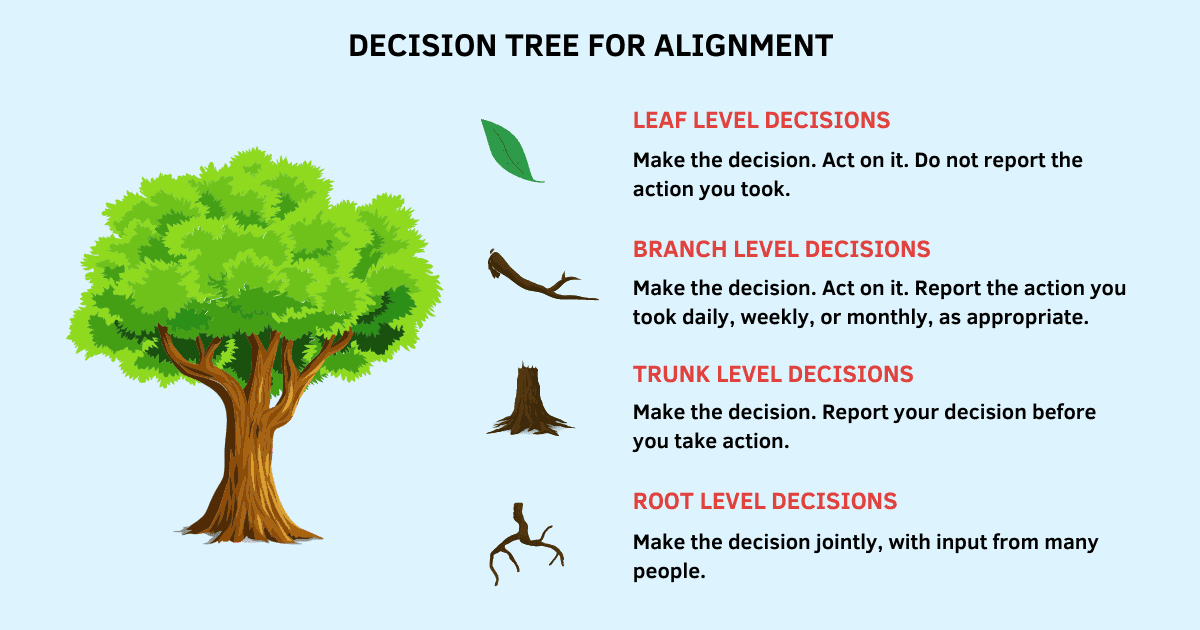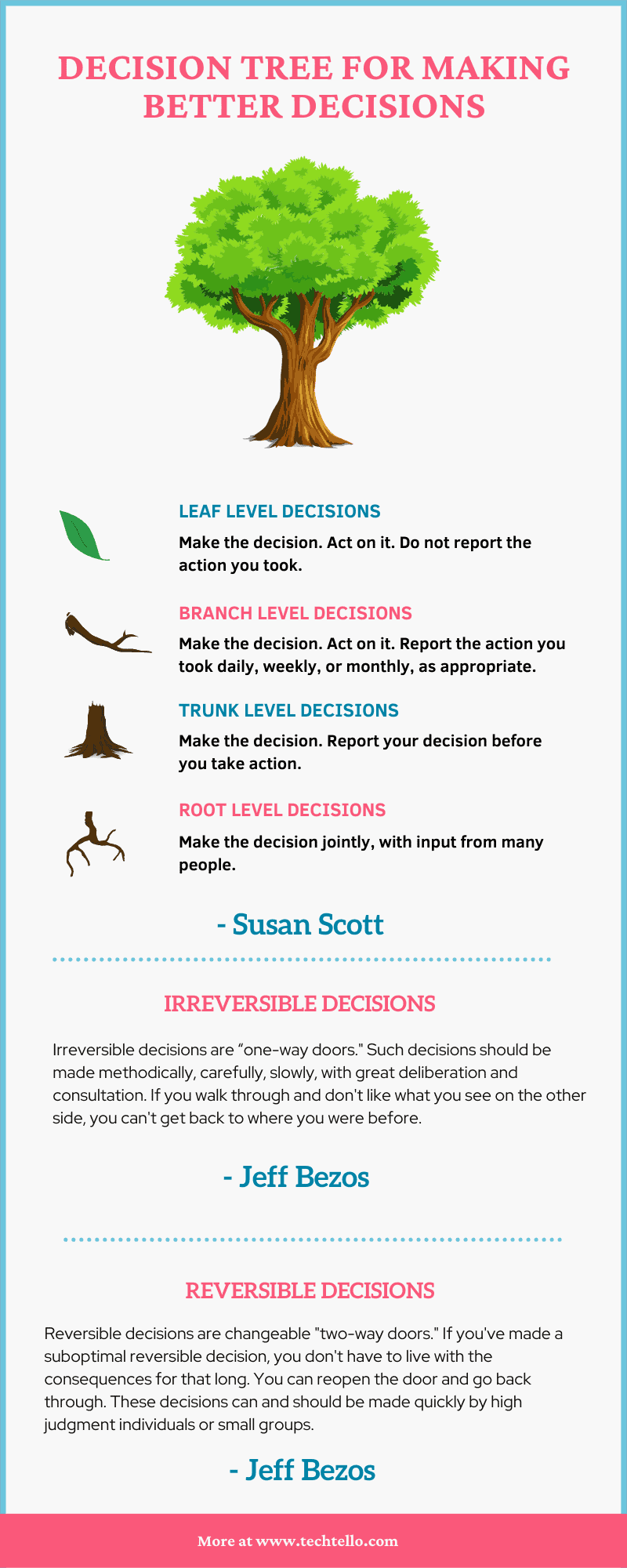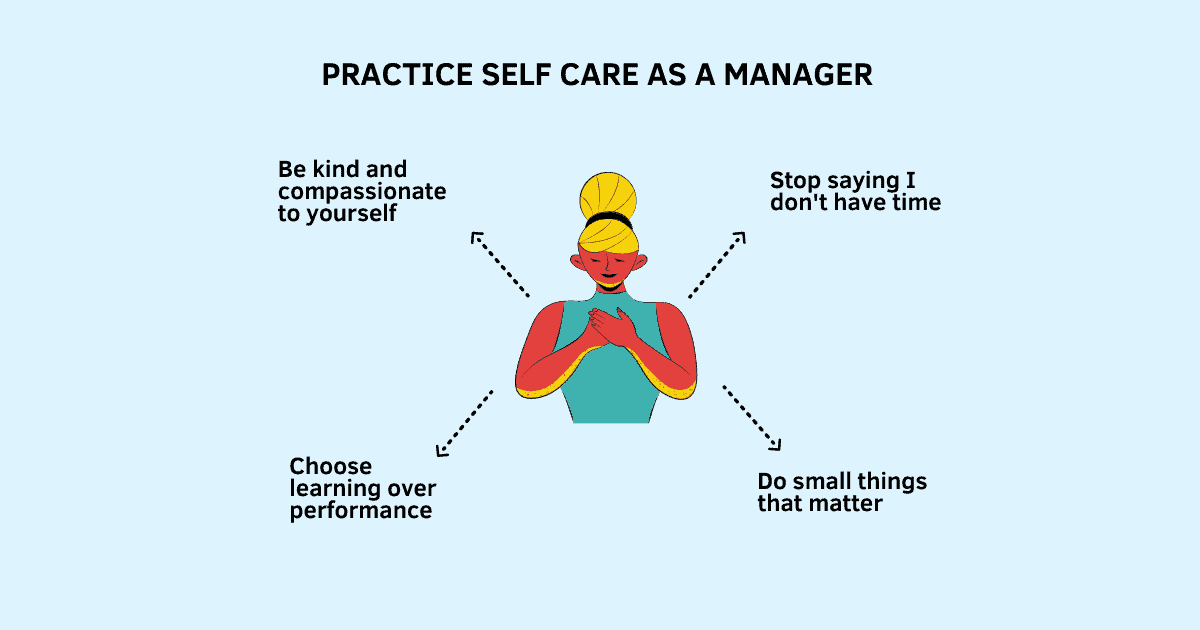The Decision Tree: Alignment Model Leaders Need to Make Better Decisions

What happens when leaders in an organization are dedicated to mole whacking when instead what they should be doing is grub hunting?
Susan Scott, author of Fierce Conversations explains the idea through her own story with her brother Sam which goes like this:
In our teens, Sam and I had Saturday chores to attend to before we could do as we pleased. Sam’s responsibility was to tackle the mole problem in our yard. Each Saturday morning Sam would look out the window and heave a sigh. Our yard was mole central. Dozens of trails ended in large mounds of freshly turned dirt.
Resolute, Sam would head out the door to do battle. Sometimes he would use the hose, shoving it as far down into the burrows as possible. There would soon be rivulets of water running throughout the yard. Another approach was to stuff foul-smelling smoke bombs into the burrows, after which our yard resembled a fantastic galactic landscape riddled with active volcanoes spewing toxic fumes. And then there were traps. In one battle plan, a mole would trigger the trap, whereupon it would be skewered.
Sam devoted many Saturday mornings to mole whacking. He took his job seriously. Many years later, Sam called me and said, “Suze, you won’t believe it. I was at the hardware store standing in line behind a guy with a big bag of something that had a skull and crossbones on it. I asked him what it was for and he said, ‘The mole problem.’ So I asked him, ‘How do you get that stuff down into the burrows?’ And he said, ‘Oh, it’s not for the moles. You sprinkle it on the grass and it kills the grubs that the moles eat.’”
There was a moment of silence on the line, and then I overheard a faint: “Damn!” As I chuckled, Sam continued. “If I had gone after the grubs, I could have spent Saturdays riding my bicycle.”
Leaders dedicated to mole whacking makes their people and their organization stuck
When leaders in an organization make mole whacking their job: they have a long list of important things to do, but instead of making progress on the difficult parts of their job that will move their teams and their organization forward, they are weighed down by trivial decisions.
Mole whacking is kind of fun. You finish whacking a mole and there’s another one waiting for you. Keeps you busy. Makes you feel important and gives an illusion of productivity.
But its effects are quite damaging.
How it impacts leaders
Once mole whacking becomes a habit, leaders are involved in every decision, in every problem. They think it’s part of their job.
Getting involved in every small detail, in every small problem is no joke. It takes a lot of energy and often leads to decision fatigue, exhaustion, and burnout.
There’s another problem. Exhaustion from attending to surface-level problems leaves less mental space to think about hard problems. More time spent on small decisions leaves less time for key decisions – decisions that are critical for business and organization growth. They either act too late or avoid it all together.
In their case, time spent solving problems is inversely proportional to value creation.
How it impacts employees
Susan Scott writes “This conscious or unconscious internal response is incredibly expensive both for the organization and for the individual. Trying to build leaders by regularly exposing them to your brilliance guarantees a lack of development. You will not have allowed anyone around you to show up with solutions outside the reach of your own personal headlights. If your employees believe their job is to do what you tell them, you’re sunk.”
Reliant on their boss to do all the thinking for them, employees fail to think for themselves. Dependent on their boss for every small decision, and every small action stagnates their growth: slows them down, prevents them from developing critical thinking skills, and leaves them feeling uninspired and unmotivated.
Daniel Pink writes in Drive “Control leads to compliance; autonomy leads to engagement.” With autonomy out of the equation, there’s no engagement, and less engagement leaves less room for growth which causes more attrition.
Instead of being caught up in mole whacking, leaders need to do grub hunting – focus on the roots instead of leaf-level problems and decisions. This can happen only when leaders shift from control to context. When they give clarity to their people on the decisions they can own independently from the ones that require their attention. Once they stop wasting time on what’s visible, they can start seeing problems that are often hidden and invisible.
Leaders dedicated to grub hunting employs decision tree model
Reed Hastings writes in No Rule Rules “Lead with context, not control. When you give low-level employees access to information that is generally reserved for high-level executives, they get more done on their own. They work faster without stopping to ask for information and approval. They make better decisions without needing input from the top.”
When employees are empowered to make decisions, they feel motivated and are willing to do whatever it takes to make things work. Doesn’t it make perfect sense – employees are encouraged to think and act in the best interest of the organization. Leaders have the bandwidth to think about future orientation. Employees grow. Organization grows. A clear win-win.
Susan Scott provides the decision tree model that describes four categories of decisions:
Leaf Decisions: Make the decision. Act on it. Do not report the action you took.
Branch Decisions: Make the decision. Act on it. Report the action you took daily, weekly, or monthly, as appropriate.
Trunk Decisions: Make the decision. Report your decision before you take action.
Root Decisions: Make the decision jointly, with input from many people. These are the decisions that, if poorly made and implemented, could cause major harm to the organization.
The goal of every leader should be two-fold:
- Move more decisions to the leaf level.
- Coach more employees to make branch and trunk level decisions.
“Poor decisions at any level can hurt an organization, but if you unwittingly yank a leaf off a tree, the tree won’t die. A leaf decision will not kill the tree if it is poorly made and executed. A wrong action at the root level, however, can cause tremendous damage.” ― Susan Scott
How to implement decision tree in your organization
In a newsletter to his shareholders, Jeff Bezos distinguishes between two types of decisions – irreversible (type 1) and reversible decisions (type 2).
He compares irreversible decisions to “one-way doors” and says that such decisions should be made methodically, carefully, slowly, with great deliberation and consultation “If you walk through and don’t like what you see on the other side, you can’t get back to where you were before.”
However, he says most decisions in an organization aren’t like that. They are changeable and reversible. They are two-way doors “If you’ve made a suboptimal Type 2 decision, you don’t have to live with the consequences for that long. You can reopen the door and go back through. These decisions can and should be made quickly by high judgment individuals or small groups.”
It’s the tendency in many organizations to treat reversible decisions as irreversible that makes leaders go after mole whacking instead of grub-hunting. Bezos says “As organizations get larger, there seems to be a tendency to use the heavy-weight Type 1 decision-making process on most decisions, including many Type 2 decisions. The end result of this is slowness, unthoughtful risk aversion, failure to experiment sufficiently, and consequently diminished invention.”
To implement the decision tree model, leaders need to help their people answer these questions:
- Is it an irreversible (type 1) or reversible decision (type 2)? All type 1 decisions are root decisions.
- If it’s type 2 – is it a leaf level, branch level or trunk level decision? This often boils down to their experience, knowledge, and competence.
Enabling employees to evaluate the risk of their decision combined with their own competence helps them identify the gaps in their knowledge, makes them aware of what they need to learn, and builds their confidence to take calculated risks leading to efficient collaboration and more innovation.
Benefits of decision tree
Leaders:
- Frees up bandwidth to focus on ideas and projects that require their attention.
- More time and energy spent on root decisions leads to an overall better quality of decisions.
- Utilize employees’ strengths by empowering them to make decisions based on their skills and competence.
Others:
- Gives opportunities to employees to identify the gaps in their knowledge and skills, giving a clear path to areas of growth and development.
- Builds confidence by putting their knowledge to practice and learning from making those decisions themselves.
- Increases motivation to do better since employees feel accountable for their decisions.
- A sense of progress when they move from root to trunk to branch to leaf level decisions. Being empowered to make more complex decisions signals more growth.
A leader’s job in any organization isn’t to tell people what to do, be involved in every problem, or deliver 100% perfect outcomes. Their job is to enable their people to use their knowledge to make their own decisions, motivate them to build the skills necessary to feel confident, and use their own time effectively to look into the future and solve hard problems.






























